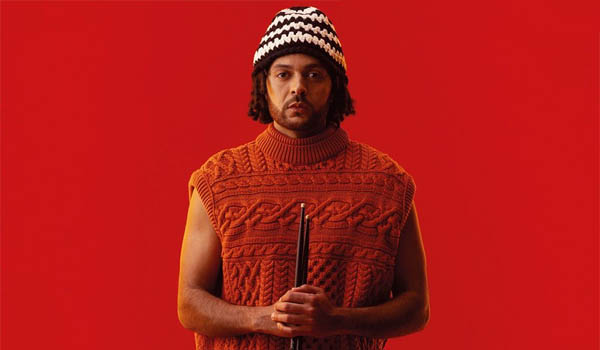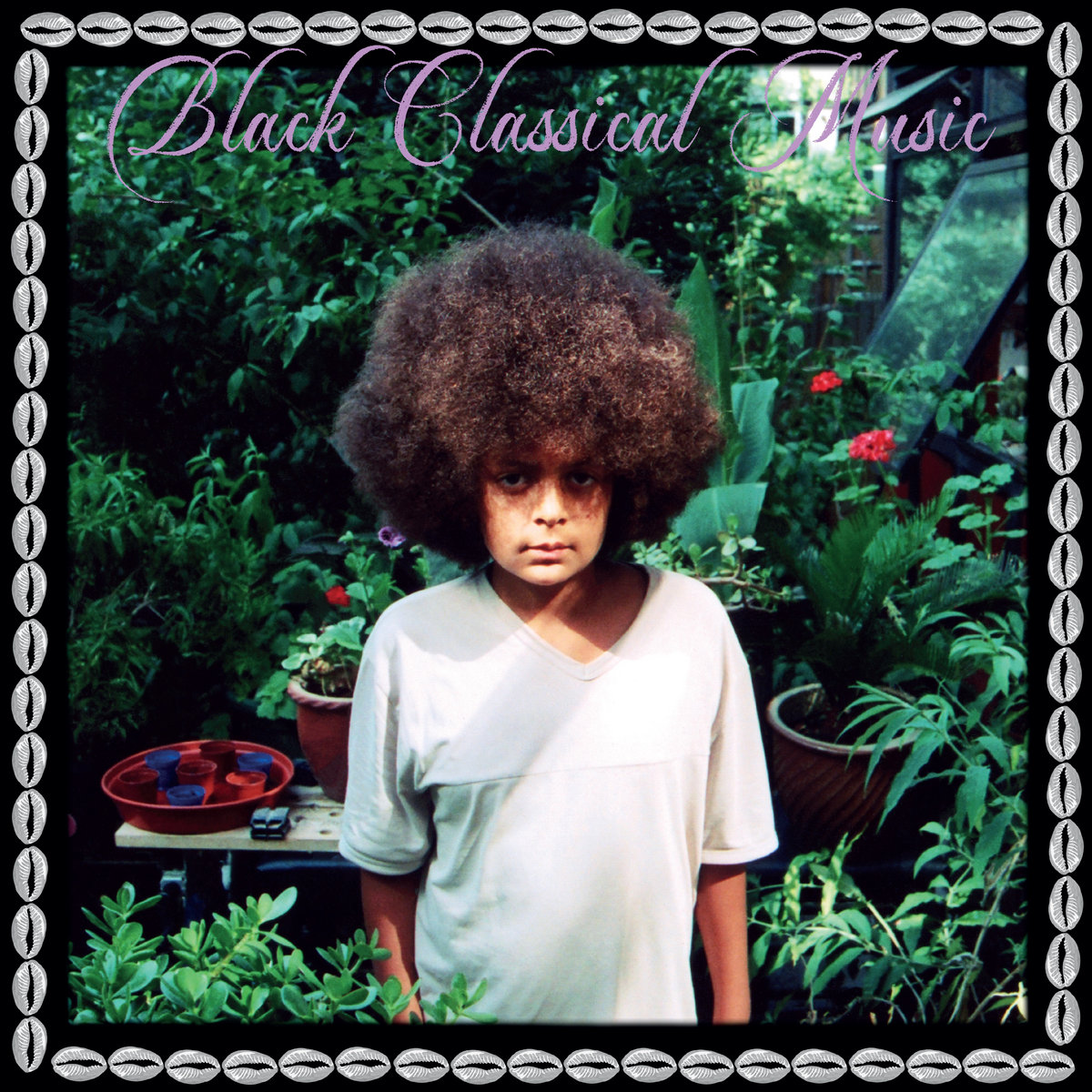

Yussef Dayes
Kassa Overall Reviews by Lisa Sahulka
Yuseff Dayes uses the term to define the 19 compositions presented here. It is a dreamy meditation with tiny interludes for connective tissue. Black Classical Music is so remarkable that it is humbling to review. Dayes is a prominent member of the UK jazz scene, a group that includes Moses Boyd, Shabaka Hutchings, Nubya Garcia and Theon Cross; as well as talented collectives like Kokoroko and this year’s Mercury Prize winners, Ezra Collective. To state the obvious, this music wasn’t formed in the soil of the blues, gospel and New Oreleans jazz, it comes from an even more multicultural environment with elements of Afrobeat, breakbeat, grime, dub, jungle and cumbia, a sound that is to the left and the right of jazz with occasionally forays into the very heartbeat of the traditional form. These influences become clearer when you consider Hutchings lived in Barbados, Boyd’s background is West Indian and Jamaican, and Garcia’s family is from Guyana and Trinidad. Yuseff Dayes was raised by a Rastafarian father in South East London in the early ‘90s. They have in common a background of relative poverty in London, a multicultural upbringing and an exceptional ear for 21st Century music. Dayes identifies the Panamanian-American percussionist Billy Cobham as a mentor. One of the takeaways from his studies with Cobham is to metaphorically sting the drum rather than beating it to the point of breaking the skin. To play quietly but with intensity. His playing rivals the best jazz drummers on the scene today, such as Makaya McCraven, Mark Guiliana, with more than a nod to Paul Motian and Jack DeJohnette. Mentioning the latter two, there is an ECM level of precision on Black Classical Music that avoids the bombastic repetition of so many unfortunate historical drum solos. This album is a testament to the limitless nature of music when freed of constraints, and one that speaks to a modern generation of young listeners who are satiated by the polyrhythmic, electronic, synthesizer sounds rather than the acoustic quintets of the 1950s and 60s.
There is an insatiable swing to “Jukebox,” with a rhythm that has a transportive power and a memorable beat. It could have devolved into another romp in schlock, but instead it transports us through different spaces with a compelling beat and interesting thoughts. It is Dayes calling the listener forward.
“The Light” takes us from a state of reverie to a domestic scene in London with his three-year-old daughter, Bahia. It starts with birds chirping and her voice, then develops into drumming so textured, so light and so interesting that it sounds like an intimate conversation in a cozy room. It is possible to imagine lyrics rather than drum beats here, chapters with endings and books with meaning. It is a lullaby to Bahia. “What’s up?” Dayes asks his daughter. “Rust'' has an enormous explosion of Dayes’ cymbals which foreshadows four minutes of bliss. Dayes is the curtain between acts, his drumming creating drama or setting up a new idea. It marks the second collaboration between Dayes and the English musician and producer Tom Misch.
The album is so well crafted that there are multiple standouts. His collaboration with Shabaka Hutchings on “Raisins Under the Sun” and calls on Lorraine Hansberry's A Raisin in the Sun and Langston Hughes’ Harlem. It starts with Hutchings' flute work and bounces along with gorgeous drum work. Theon Cross plays a perfect tuba here, sized for the vibe of the song. This is an entirely instrumental composition, but don’t be surprised if you return to it thinking once agian, there were lyrics. It is as if you are watching a film with this music in the forefront.
The production is anchored by Rocco Palladino's sweet bass, Charlie Stacey on keyboards and synthesizers, Venna on saxophone and Alexander Bourt on percussion. Dayes finishes with the voice of Barbara Hicks, his mother and yoga instructor, who passed away in 2015, providing instruction on the ancient exercise as the music fades out. The domestic intimacy of the album ends and then all we want to do is go back to the beginning and listen again. Black Classical Music confirms that Yussef Dayes is an emerging talent that could take his place with other notable jazz artists, composers and drummers.
* * *
In "Who's on the Playlist?", from his 2019 album Go Get Ice Cream and Listen to Jazz, Overall repeats, “This is my time now” until his vibe infiltrates your brain and takes over. His music is sticky; it is not treating jazz as a fossil, dragging out overplayed standards again. It is, instead, one of many watershed moments for jazz music, a true child of bebop, hard bop and cool jazz, not a regurgitated half mix of rap, hip-hop, R&B and jazz. It is definitely not smooth jazz. It is its own genre, specific to Overall’s time and place in this universe. It is the zeitgeist for our time, but it isn’t stationary. As the poet, Louise Gluck wrote, this music will be here “when only the sun and moon are left, and the sea, and the wide field.”
Search RootsWorld
|

 Rather famously, Miles Davis, Nina Simone, Rahsaan Roland Kirk, and many others have all, in various ways, questioned the idea of jazz, believing the term too small to encompass a genre better defined as 'black classical music.' Liken it to the Thelonious Monk's “Rhythm-A-Ning,” a very complicated, nearly impenetrable work of musical art, a beloved jazz standard that has no lyrics and did not come from Tin Pan Alley or Broadway, yet one that our mind’s eye can easily summon.
Rather famously, Miles Davis, Nina Simone, Rahsaan Roland Kirk, and many others have all, in various ways, questioned the idea of jazz, believing the term too small to encompass a genre better defined as 'black classical music.' Liken it to the Thelonious Monk's “Rhythm-A-Ning,” a very complicated, nearly impenetrable work of musical art, a beloved jazz standard that has no lyrics and did not come from Tin Pan Alley or Broadway, yet one that our mind’s eye can easily summon.
 To this mix, add Kassa Overall, the American drummer and his new album Animals. Overall’s music is sticky and like Dayes' work, it is a watershed moment for jazz music; a true child of bebop, hard bop and cool jazz, not a regurgitated half mix of rap, hip-hop, R&B and jazz. It is definitely not smooth jazz. It is its own genre, specific to Overall’s time and place in this universe. It is the zeitgeist for our time, yes but it isn’t stationary. As Overall says, “This is my time now.”
To this mix, add Kassa Overall, the American drummer and his new album Animals. Overall’s music is sticky and like Dayes' work, it is a watershed moment for jazz music; a true child of bebop, hard bop and cool jazz, not a regurgitated half mix of rap, hip-hop, R&B and jazz. It is definitely not smooth jazz. It is its own genre, specific to Overall’s time and place in this universe. It is the zeitgeist for our time, yes but it isn’t stationary. As Overall says, “This is my time now.”